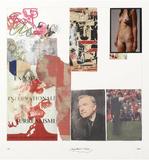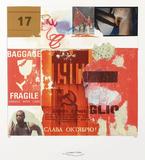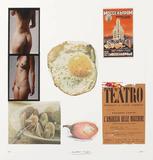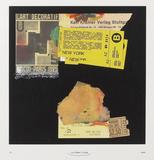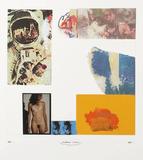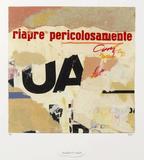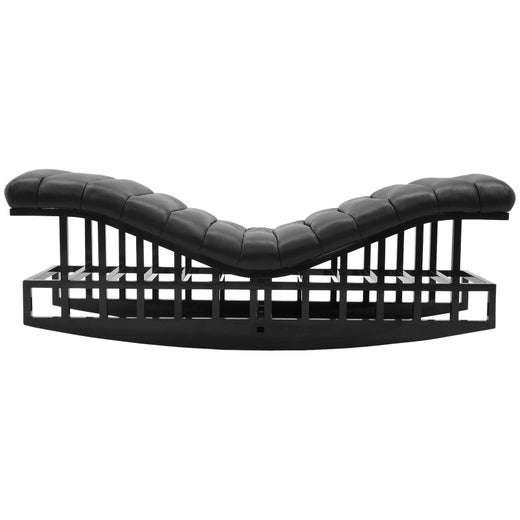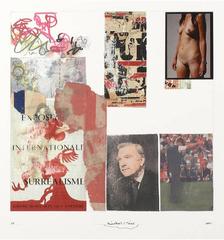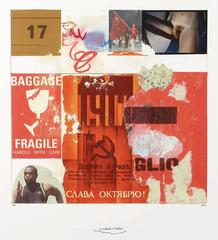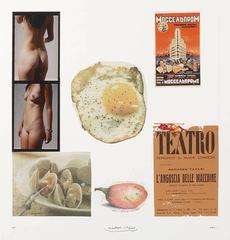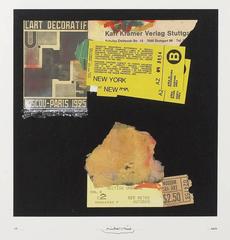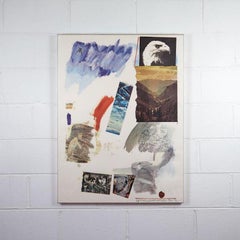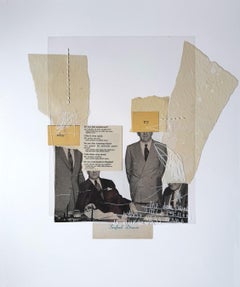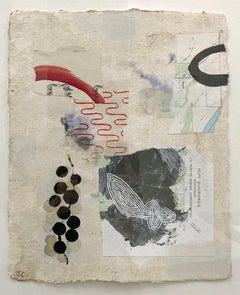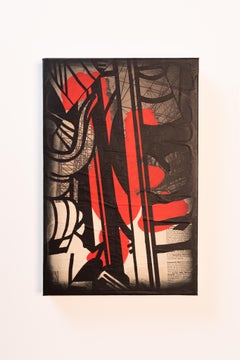Richard MeierTaberbacle2011
2011
About the Item
- Creator:Richard Meier (1934, American)
- Creation Year:2011
- Dimensions:Height: 30 in (76.2 cm)Width: 30 in (76.2 cm)
- Medium:
- Movement & Style:
- Period:
- Condition:
- Gallery Location:New York, NY
- Reference Number:1stDibs: LU3261276213
Richard Meier
Richard Meier is a world renowned architect. He began making collages almost 55 years ago, as a young student in Rome collecting crumpled papers and other detritus he found strewn throughout the city's ancient streets. Meier joins a rich tradition of architects devoted to the art of collage, including Mies van der Rohe's De Stijl-inflected outings, Archigram and Superstudio's psychedelic utopian visions, and OMA's postmodernist mashups. Collaging, after all, is a practice that, like architecture, involves the manipulation of space, the juxtaposition of materials and a considerable amount of world-building.
- ShippingRetrieving quote...Shipping from: New York, NY
- Return Policy
More From This Seller
View All2010s Contemporary Figurative Prints
Mixed Media, Screen
2010s Contemporary Nude Prints
Mixed Media, Screen
Contemporary Abstract Prints
Mixed Media, Screen
2010s Contemporary Abstract Prints
Mixed Media, Screen
2010s Contemporary Abstract Prints
Screen
2010s Constructivist Abstract Prints
Mixed Media, Screen
You May Also Like
Late 20th Century Post-Modern Prints and Multiples
Lithograph
2010s Pop Art Mixed Media
Thread, Paper, Mixed Media, Acrylic
2010s Contemporary Mixed Media
Paper
20th Century Modern Mixed Media
Canvas
2010s Contemporary Mixed Media
Mixed Media
2010s Mixed Media
Mixed Media
